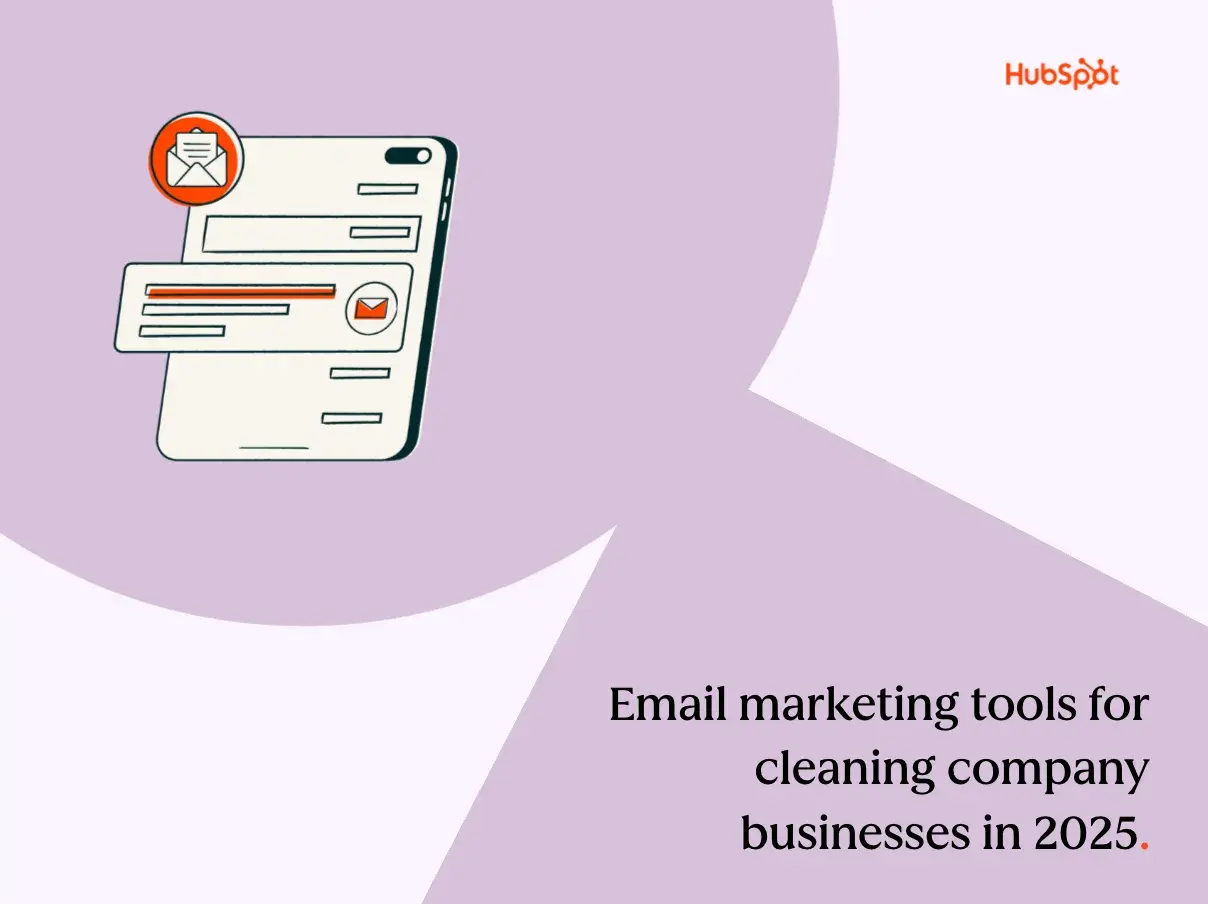We turned our standard nurture email flow into an AI-driven conversion powerhouse. Here’s what we did, what worked (and what didn’t), and what we learned along the way.
When our marketing team began discussing how to strategically incorporate AI into our workflows, we knew we wanted big results. But here's the thing about big results: They don’t come from trying everything at once.
With limited resources and unlimited possibilities, we needed to hone in on which AI applications would deliver the biggest impact.
Email marketing seemed like a natural starting point for us. We'd been running optimization tests on our nurture flows for years, but after a while, the gains became incremental by a few percentage points here and there.
We needed something that was a total game-changer. Something that had both meaningful influence on top-of-funnel metrics and practical usability across our marketing team. But what — and how?
In a recent Marketing Against the Grain episode, HubSpot VP of Marketing Emmy Jonassen and I share how we experimented with AI to transform our email performance. We’ll also explain how we achieved an 82% increase in conversion rates — plus, all the lessons we learned along the way.

The State of Artificial Intelligence in 2025
New research into how marketers are using AI and key insights into the future of marketing.
- Marketing AI Tools
- Practical Tips
- Trends and Statistics
- And More!
Download Free
All fields are required.

Identifying the Challenge
First, let me explain what we were doing before AI. Like most marketing teams, we approached email personalization through segmentation — grouping leads based on similar characteristics, then tailoring content to those groups.
For example, if someone downloaded marketing-related content, we'd send them more marketing resources rather than sales content.
It wasn't a bad approach. But it was essentially educated guessing at the group level. We were saying, “People like you typically want this,” rather than understanding what each individual person was trying to accomplish. We wanted to do better than that.
The Hypothesis: Moving From Groups to Individuals
The more we looked at AI's capabilities, particularly its ability to analyze multiple data points and identify patterns, the more we saw a path to true one-to-one personalization at scale.
So, we asked ourselves: What if AI could help us understand not just what group or cohort someone belongs to but also the specific job they're trying to get done?
For example, rather than sending marketing content to all “marketing people,” we wanted to be able to pinpoint when a specific marketing manager at a specific company is ready to build their influencer strategy for this specific upcoming product launch. From there, we could send them exactly what they need for that task.
It was a tall order … but we were willing to give it a try.
The Setup: Building our AI Solution
To test our hypothesis, we first designed a process that would enable AI to do what humans can’t: Analyze thousands of individual user intents at scale and craft tailored recommendations. Here’s how the process worked.
When someone fills out a form to download HubSpot content, we collect a few key pieces of information: their business URL, company size, and what content they're interested in. While these might seem like basic data points, they’re actually the foundation of understanding someone's goals.
Our AI system then takes these inputs and runs through a specific process:
- First, we analyze their business website to understand what their company does.
- We look at which content offer they downloaded and any other actions they've taken on our site.
- Our AI creates a detailed summary of what this person is likely trying to accomplish.
- The system then imagines the perfect piece of content to help them — whether or not it exists in our library.
- That “perfect” content gets compared against our actual content library using a vector database to find the closest matches.
- Finally, the AI crafts a personalized message explaining exactly how the selected content will help them achieve their specific goal.
After this system was in place, it was time to step back and see if it would actually work.
Testing, Failing, Learning, and Iterating
If there’s one thing we learned quickly, it’s that AI doesn’t nail it on the first try.
Our initial attempt focused on optimizing the email copy to make it more personalized and engaging. The results? Meh.
This was our first big learning: The real 'magic’ isn’t in the email itself but in how well the AI could predict what the user actually needed.
So, we went back to the drawing board. We refined the AI’s training data, improving its ability to interpret user behavior and guess the job-to-be-done. We tested. We iterated. And, after months of tweaking and adjusting, we finally hit the sweet spot.
The Results and Practical Outcomes
The results surprised even us:
- +82% increase in conversion rate
- +30% boost in open rates
- +50% increase in click-through rates
These numbers are impressive — but what is even more astounding is what it looks like from a practical standpoint.
For example, during the experiment, our AI analyzed a lead from an organic cold brew coffee company who had downloaded influencer marketing resources. The system noticed they'd recently shown interest in content planning and organization, particularly as winter approached.
From this behavior pattern, AI deduced they were likely preparing for seasonal promotions or new product launches.
Instead of just offering generic marketing content, the system recommended our content strategy course with copy specifically tailored to their business. Here’s what we sent: “Turn every sip into a story that captivates and converts.”
This level of personalization — understanding both their business context and immediate goals — is what drove our dramatic improvement in results.

The State of Artificial Intelligence in 2025
New research into how marketers are using AI and key insights into the future of marketing.
- Marketing AI Tools
- Practical Tips
- Trends and Statistics
- And More!
Download Free
All fields are required.

The Power of AI
What made this experiment truly remarkable was proving that AI could move us beyond basic personalization (“Here's some content for marketers”) to true personal connection (“Here’s exactly what you need for your specific company's specific campaign”).
While not everyone has HubSpot's content library or technical resources, the core lesson stands: AI's real power in marketing isn’t just automation — it's understanding individual customer needs at scale.
5 Tactical Tips for Incorporating AI into Your Marketing Strategy
While the sheer volume of AI technologies can be intimidating, it’s critical for marketing leaders to stay current and begin implementation now.
To learn how to incorporate AI into your workflow, download our AI Guide for Marketers and follow the tips and insights from our experiment below.
1. Start yesterday now.
If you’re hesitating to experiment with AI, stop waiting. The technology isn’t perfect, but that’s no reason to delay. Launching now means you’ll be learning and improving while others are still debating.
2. Know your users inside and out.
AI is only as effective as the insights it's built on. In our experiment, we leveraged everything we knew about our users to understand their goals. The deeper we dug into this proprietary data, the better we could predict what each person was trying to accomplish.
3. Choose speed over perfection.
Perfection is overrated — especially in AI. When we launched this experiment, we knew the model wasn't fully optimized, but we also knew it couldn’t improve without real-world feedback. AI learns by doing, and getting it into the hands of users was critical to its success.
4. Build the right team.
In our experiment, collaboration between AI experts and marketing specialists was crucial. While our AI team built the workflow and fine-tuned recommendations, our email automation team ensured everything aligned with user needs and marketing goals. This partnership bridged the gap between technical capability and practical application.
5. Commit to long-term improvement.
AI success doesn't happen overnight. It took us months of testing to train the model and fine-tune its ability to predict user intent accurately. So remember, it’s not about achieving perfection before launch but about continuous improvement — getting the model out into the world and refining it based on real results.
To learn more about using AI in marketing, check out the full episode of Marketing Against the Grain below:
This blog series is in partnership with Marketing Against the Grain, the video podcast. It digs deeper into ideas shared by marketing leaders Kipp Bodnar (HubSpot’s CMO) and Kieran Flanagan (SVP, Marketing at HubSpot) as they unpack growth strategies and learn from standout founders and peers.

The State of Artificial Intelligence in 2025
New research into how marketers are using AI and key insights into the future of marketing.
- Marketing AI Tools
- Practical Tips
- Trends and Statistics
- And More!
Download Free
All fields are required.



![Download Now: The Annual State of Artificial Intelligence in 2025 [Free Report]](https://no-cache.hubspot.com/cta/default/53/b72f2b25-8cc9-4642-9a1b-1e675d3d273b.png)








-Oct-23-2025-06-26-28-6723-PM.webp)
